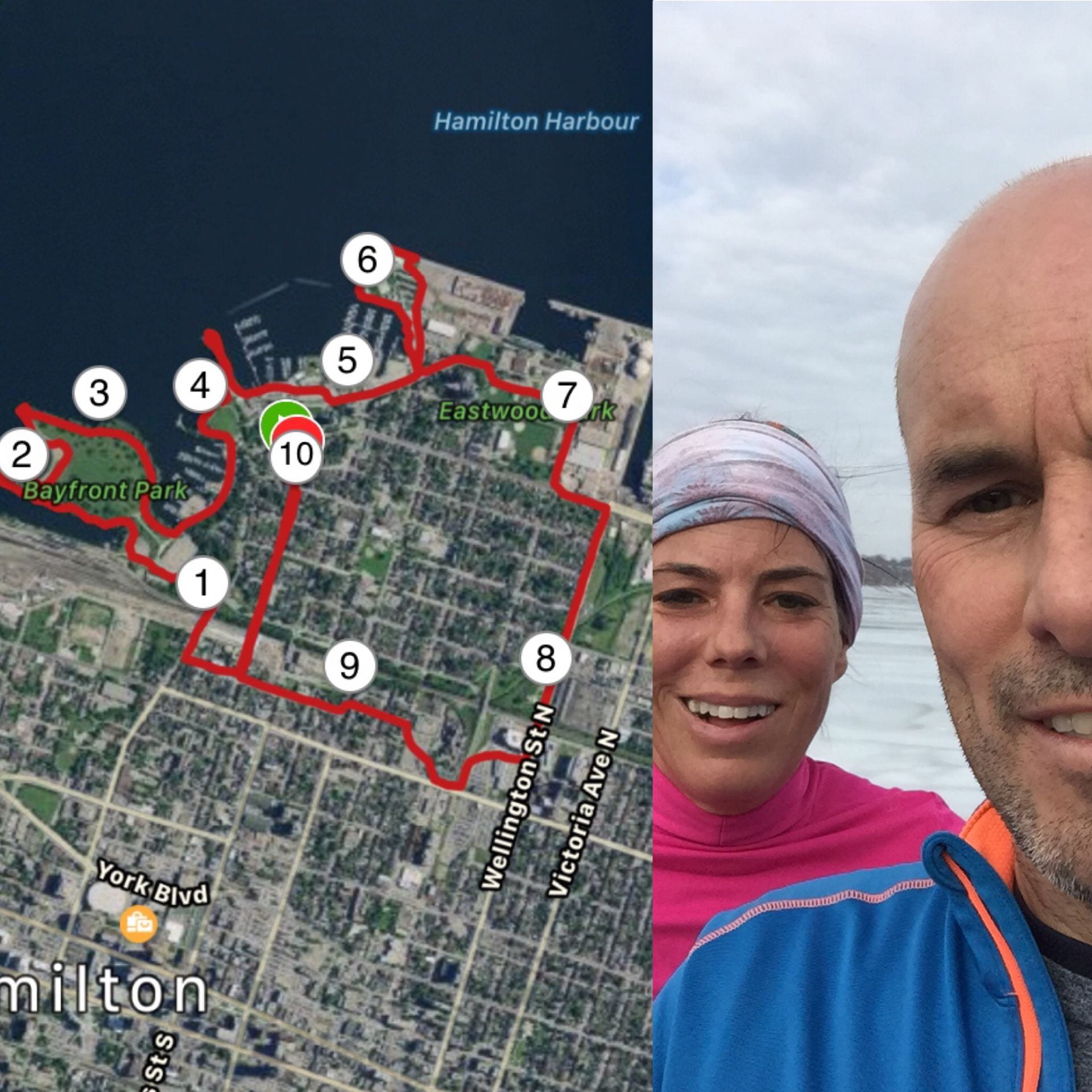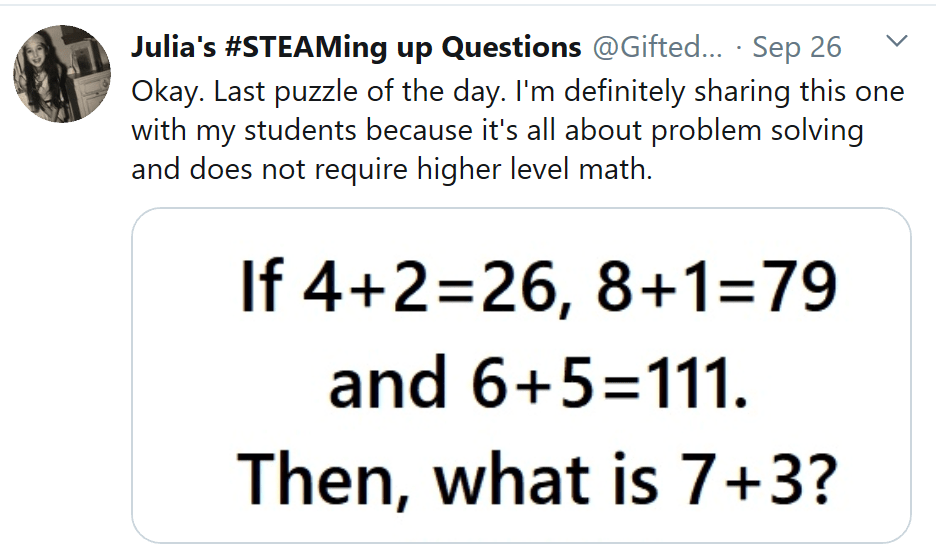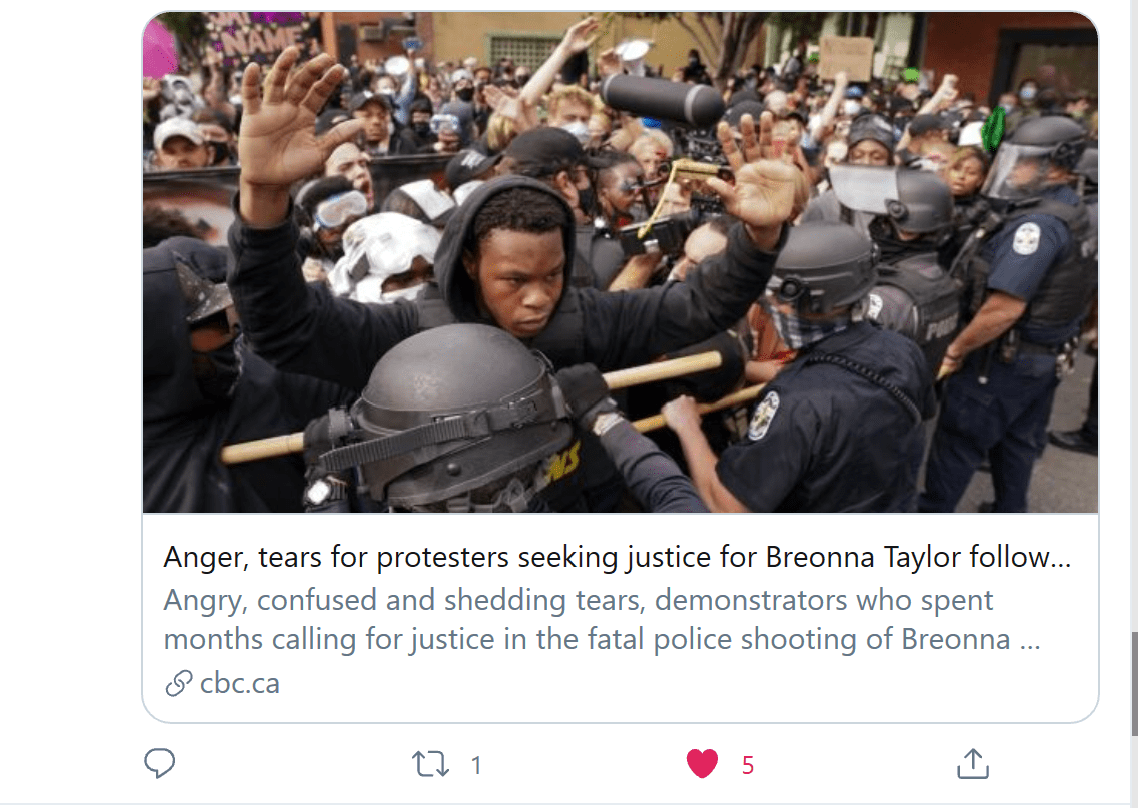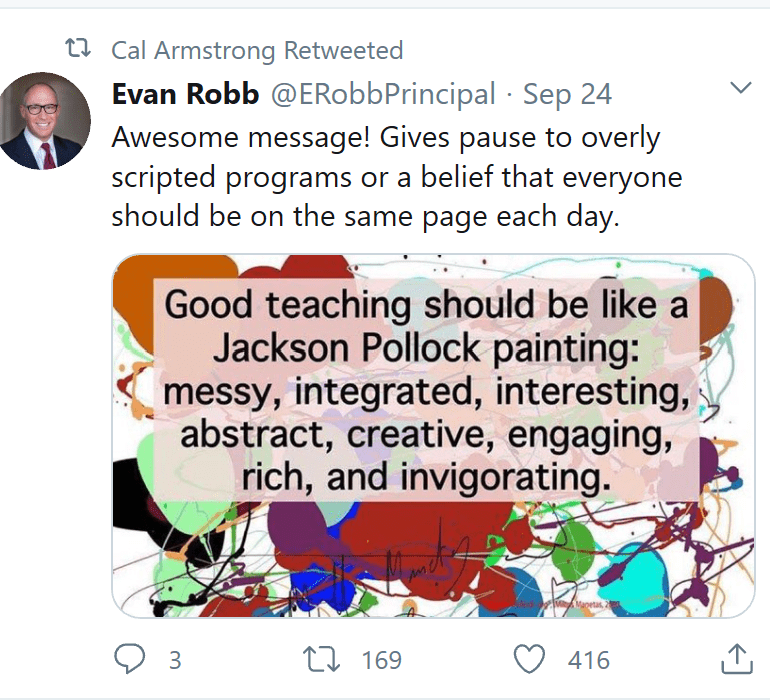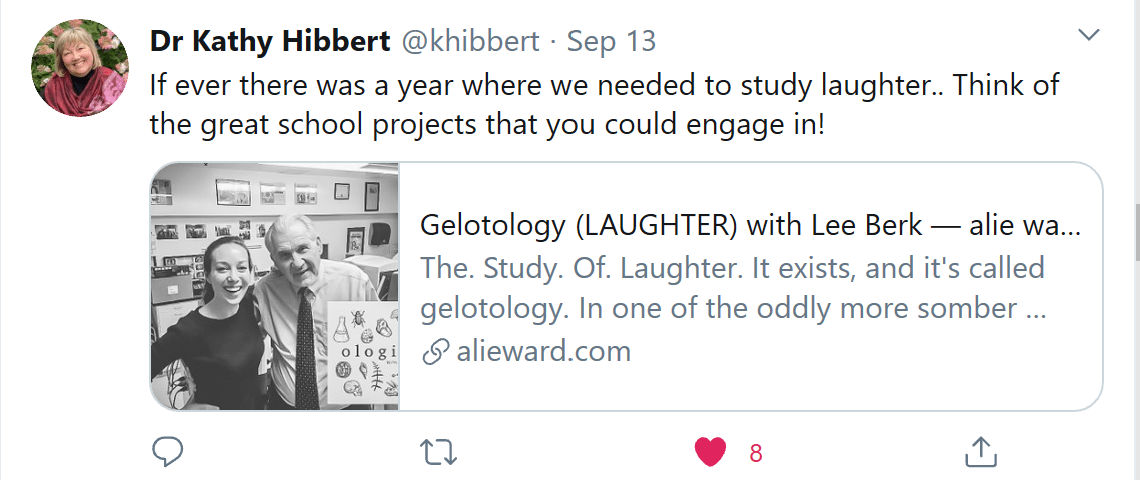I am sharing our language/literacy focus this week. The pandemic days are getting harder, and the winter months are dragging. I needed this.
Last week, one of my students, Julianne, shared with me how excited and emotional she was after hearing Amanda Gorman’s latest spoken word poem, “The Hill We Climb.” She watched it live about 5 minutes before our meeting, so I wasn’t prepared to focus my teaching on that just yet. I needed to think about it and find a way to bring this into an Enrichment class (As a special education enrichment teacher, I am mindful of the style and method of delivering my lessons. I work with a group of students who are often identified as exceptional with Individual Education Plans in place).
That night, after I watched Amanda Gorman recite her words, my head was spinning with excitement. My brain moved up a gear, and the process of developing an enriched lesson for a variety of age groups and learners began.
First – I tap into the brilliance of experts: I reached out to Tom Shea, a Secondary English Teacher and musician from Hamilton. I followed this up by doing an “all call” using my Twitter feed (see below). So many people jumped in to share ideas and advice. I am so thankful for this.





LESSON: A brief teaching opportunity- The Hill We Climb, Amanda Gorman – What gave it a melody?
Time: 1-3 Hours (or more depending on how much time you want to take and how deep you dig.
Environment: Online Remote Lesson
Focus: Word choice, word development, voice, rhythm and literacy devices (alliteration, repetition, parallel structure)
Level: Grade 6, 7, 8
1.Build the excitement prior to class.
“I hope you are enjoying the gorgeous snowfall! The wind is singing, and the trees are swaying and twinkling in the twilight. ✨ It’s “WILD, WHIMSICAL AND WONDERFUL WORD–CRAFT WEEK! I am super excited about our Enrichment Meeting. Not only are we are going to examine exactly why Amanda Gorman’s Poem, “The Hill We Climb,“ is so AMAZING, but we are ALSO going to PLAY with literary devices, use our own voice, words, ideas, and phrases and INVENT works of Art through WORD CRAFTING.
2.Open Meeting. Poetry^J Amanda Gorman .pptx
Students participate in a series of challenges, mini-lessons, discussion and reflection.
First (Model and Share), we talk about a theme, focus or story. This isn’t an easy task for some, so we share ideas together.
- We talk about the value of narrowing down a big idea such as ‘The Pandemic” to smaller ideas within.
- We make a list – “Time, change, struggle, worry…” We decide on ONE WORD. Time.
- Students work together to create related words. “Never-ending, blended, slow, fast, on-going, grey, unknown, lasting…”.
- To model the process of the lesson, we created alliterative words: “Tackling time, loving, learning, rest, renew.
Finally, we create a brief poem called, “Time”. Time spent tackling my sense of self. Time to be more loving and living through learning. Time to rest, renew and rejoice and time to recognize the power and privilege before us so we can act, insist and assist those weathered and wanting.
Work time! I use a SLIDES presentation (shared above) to guide the challenges. (I gave a link in the chat space of the remote class for students to access a shared workspace and tools)
Challenge One: Students are given a 5 minute challenge (and the use of resources and tools) to create a list of words related to THEIR OWN idea, theme or story.
5-minute mini-lesson (teacher talking). What is ALLITERATION, Why it is used?
Challenge Two: Students are a given 4-minute challenge to form alliteration with their words. They can use the Alliteration Generator should they wish.
10-minute mini-lesson. The whole Group examines the TEXT version of Amanda Gorman’s “The Hill We Climb”. Students are asked to point out phrases that use alliteration. We watch and discuss the Video,
Challenge Three: 15 minute Challenge. Connecting the alliterative words. Based on the vocabulary they chose in the previous challenge, students being to use tie it together. They use a shared document (Microsoft Word or Google docs) that is open and viewable. (I created a table and gave each student a section).
3. Final/Assessment: Students are asked to submit/share one or more alliterative phrases before leaving class. Could they create a meaningful phrase or idea? Did they use alliterative words creatively following some of the examples? *They are also reminded that the process of creative writing takes time and thought and they may want to spend a few days just thinking about it. We will revisit the lessons again next week.
4. Reflection and Discussion
We talked about how poetry and text can feel like art and music. One student used a metaphor that words are like colours of paint and how you use and mix the paint will impact the beauty and message in the final product. We talked about how paintings can be viewed and examined over and over (one student said she watched Amanda Gorman recite, The Hill We Climb thirteen times and “feels” something different each time.
A few students asked me to share their sample writing:
Cailyn
A composition and repetition of competition of inhibition. I am not perfect and I am not pristine, this shell on the outside is not what it seems.
Naomi
It is life to listen, listen to the light, the bright, the big and small. Follow the fallen, hear the worth of the winners, lend an ear to the stifled, speechless. So strong is it to listen. Connect and compare the art that’s a part of what we hear.
Barret
Togetherness through this endless. When can we end this? Repetitive Demise.Endless cries. Hope.
Adiba
cold and covered, cornered messy and dense
we’re living in a den of disoriented decoration
stuffy with stuff, annoyed enough
but won’t clean up
the trees covered in snow, the snow that is blown
fallen row, by row, annoyed to anticipate
patience is delicate,
winter is worrisome, but everyone’s bolder
the snow blows harder
but we can survive rather
They don’t
Resources:
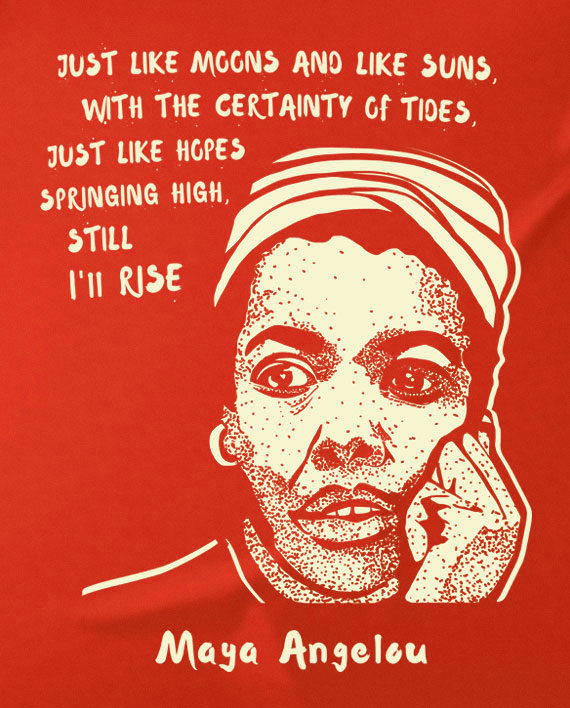








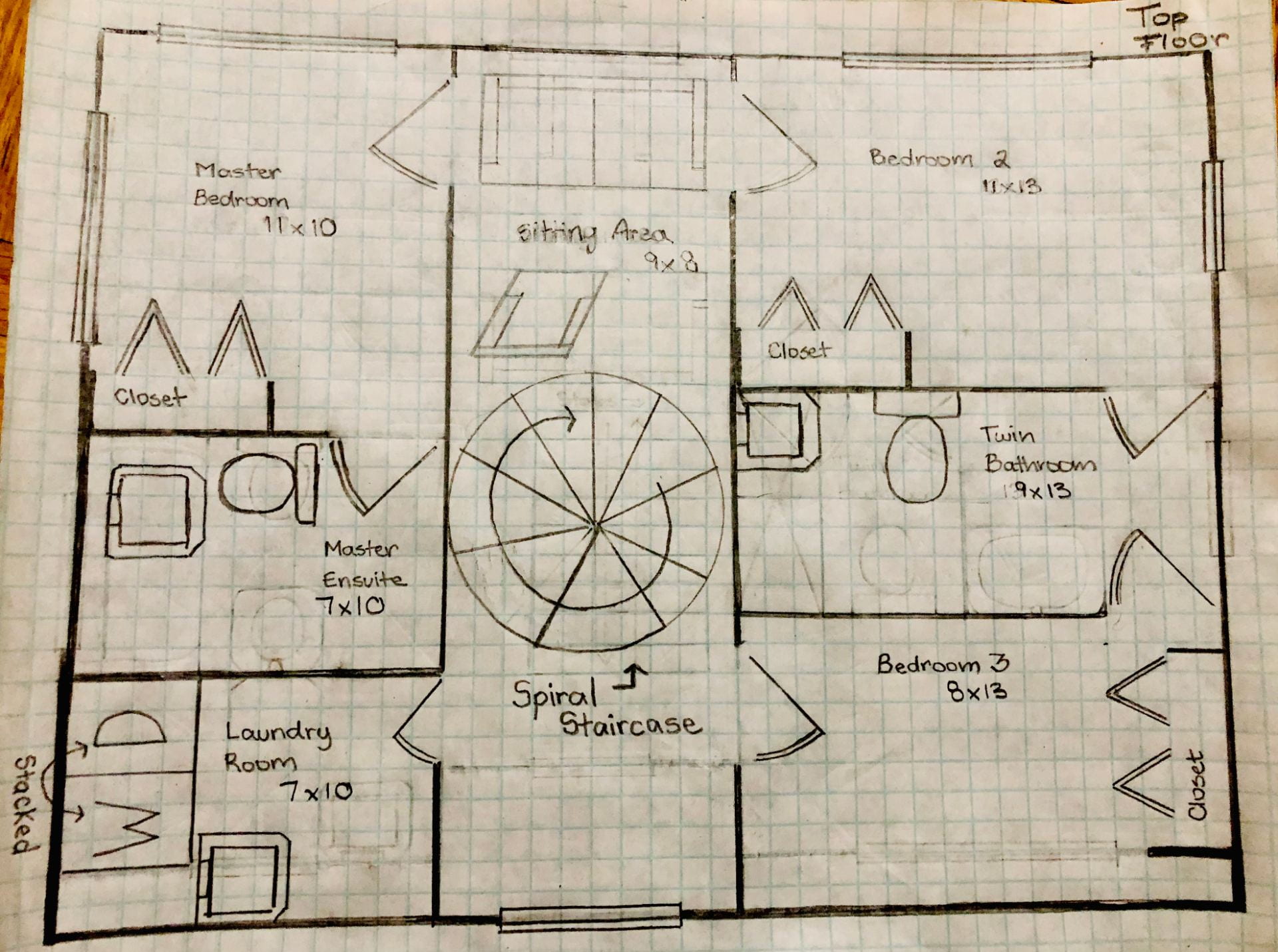
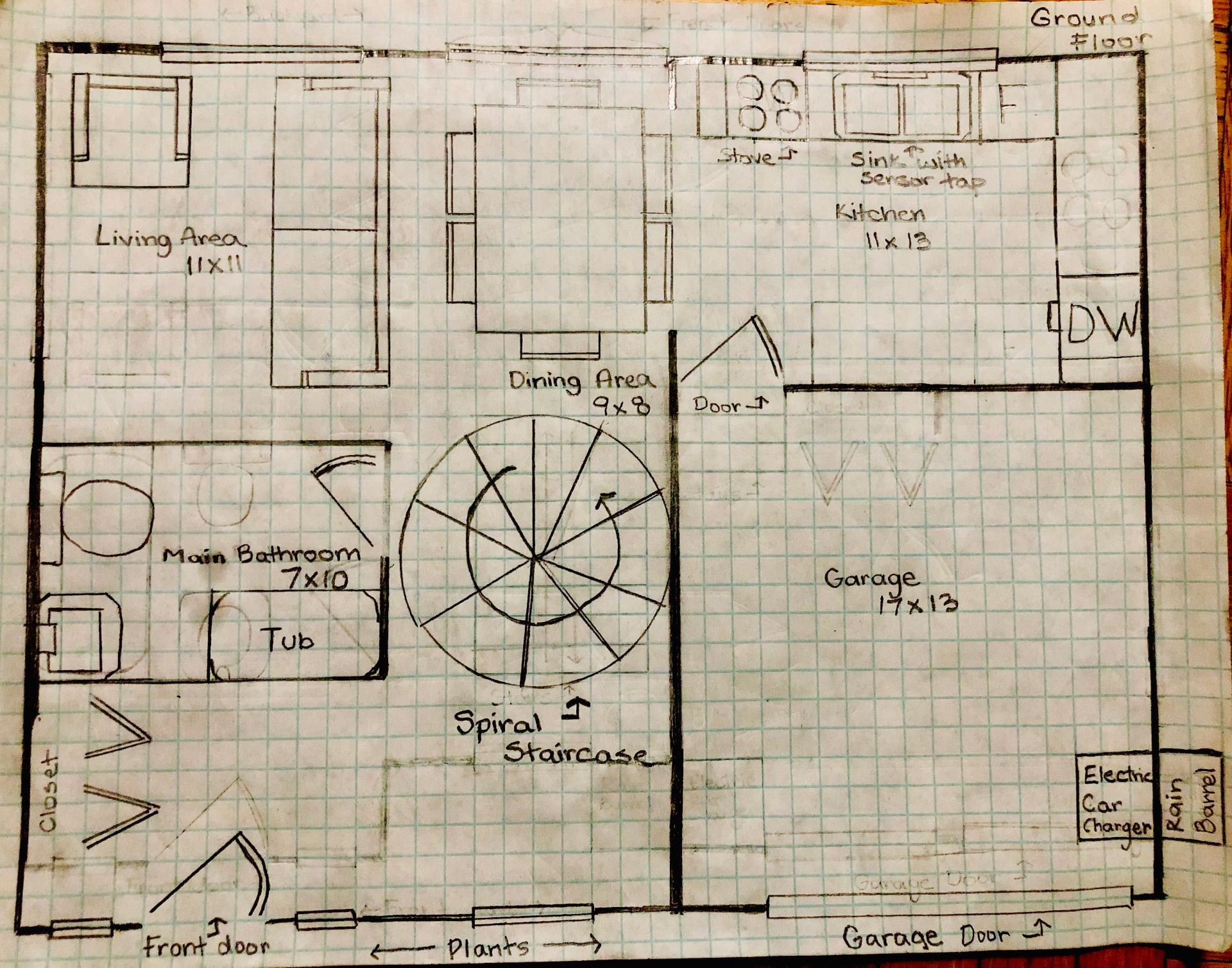
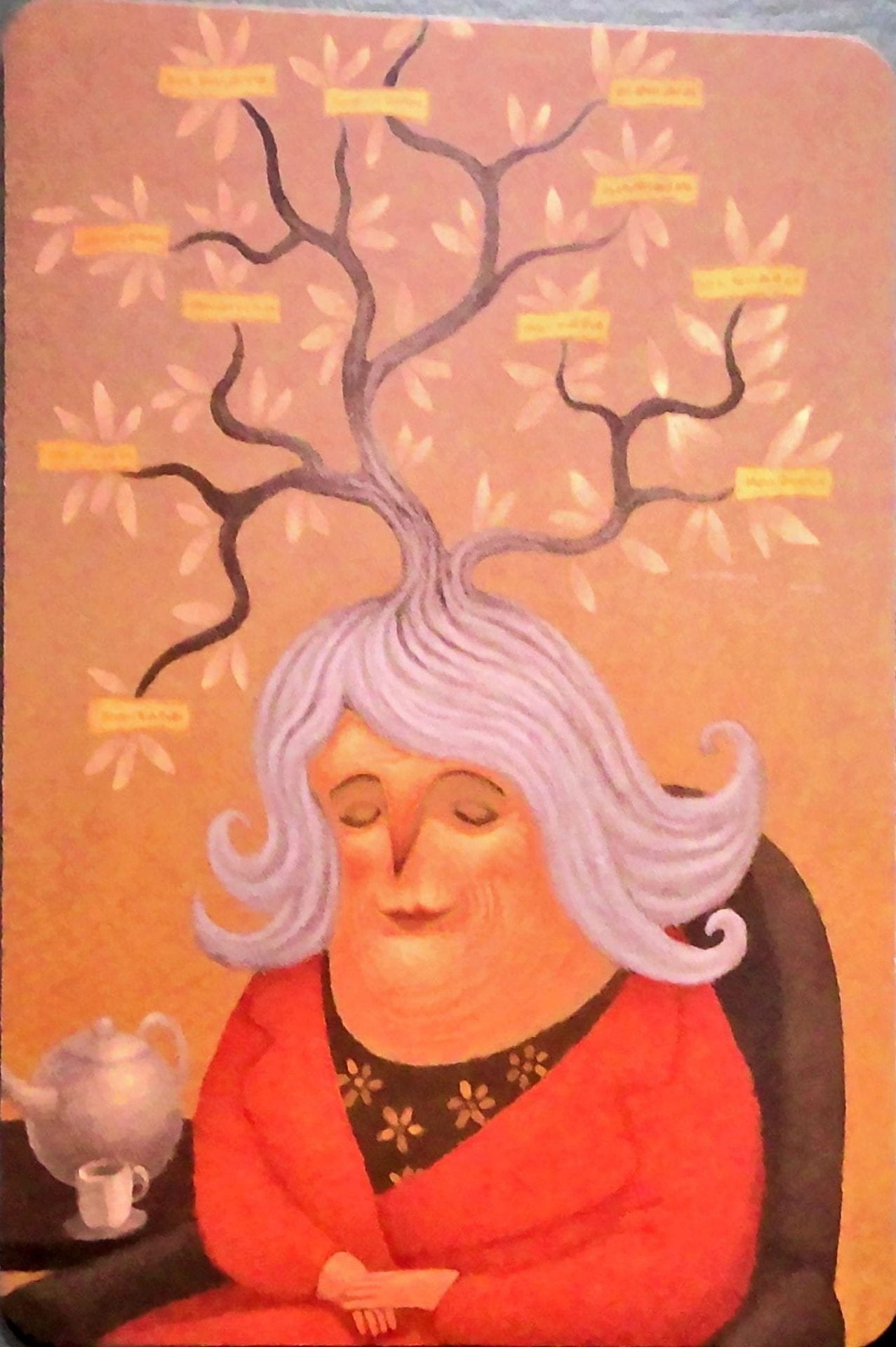

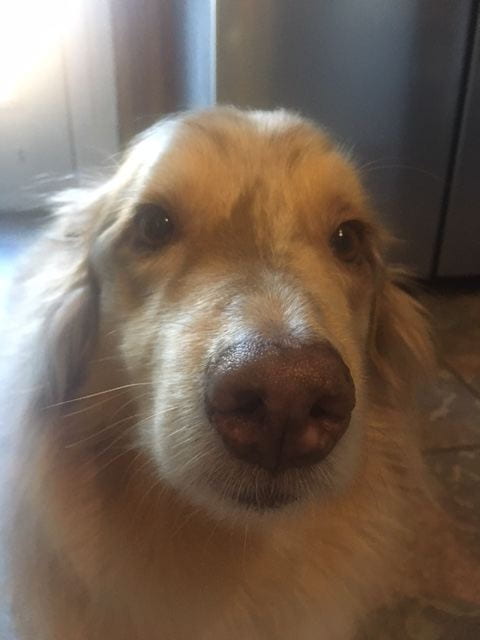 In October, I was required to isolate myself after being in close contact with a colleague who “tested positive’. Two days later, one of my immediate family members was diagnosed with Stage 4 Lung Cancer. From that point on, I have been working in a full-time remote teaching position from home. I am entirely isolated now. The only time I leave my house is to go for a run or take Stewie (our Australian Shepherd) for a walk. Otherwise, I’m Alone, “Together” with many of you.
In October, I was required to isolate myself after being in close contact with a colleague who “tested positive’. Two days later, one of my immediate family members was diagnosed with Stage 4 Lung Cancer. From that point on, I have been working in a full-time remote teaching position from home. I am entirely isolated now. The only time I leave my house is to go for a run or take Stewie (our Australian Shepherd) for a walk. Otherwise, I’m Alone, “Together” with many of you.